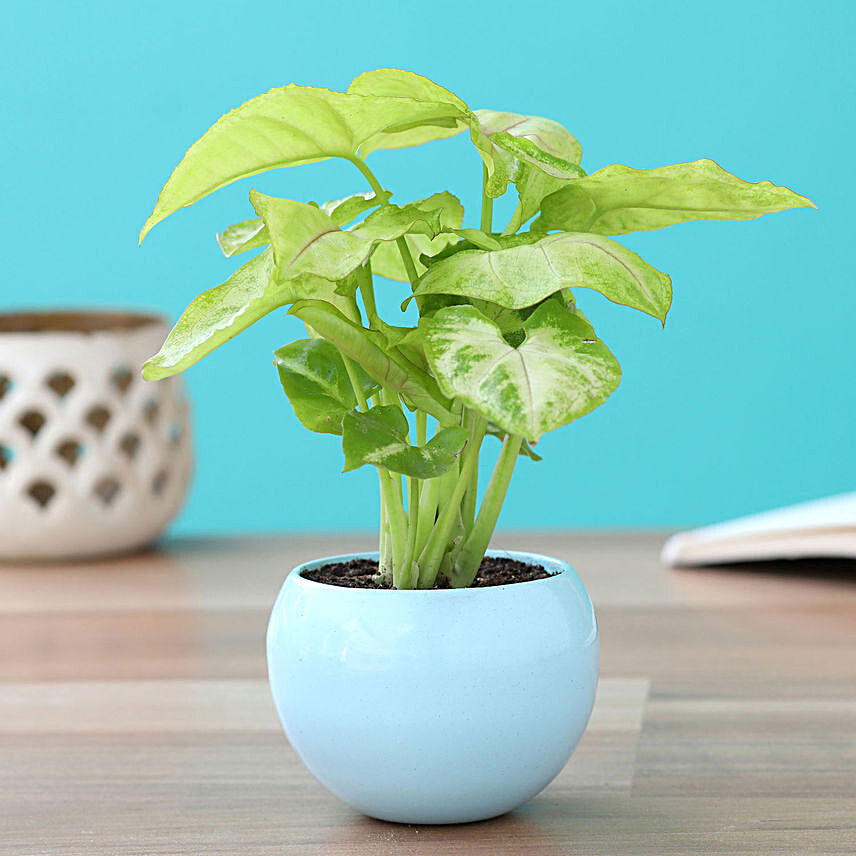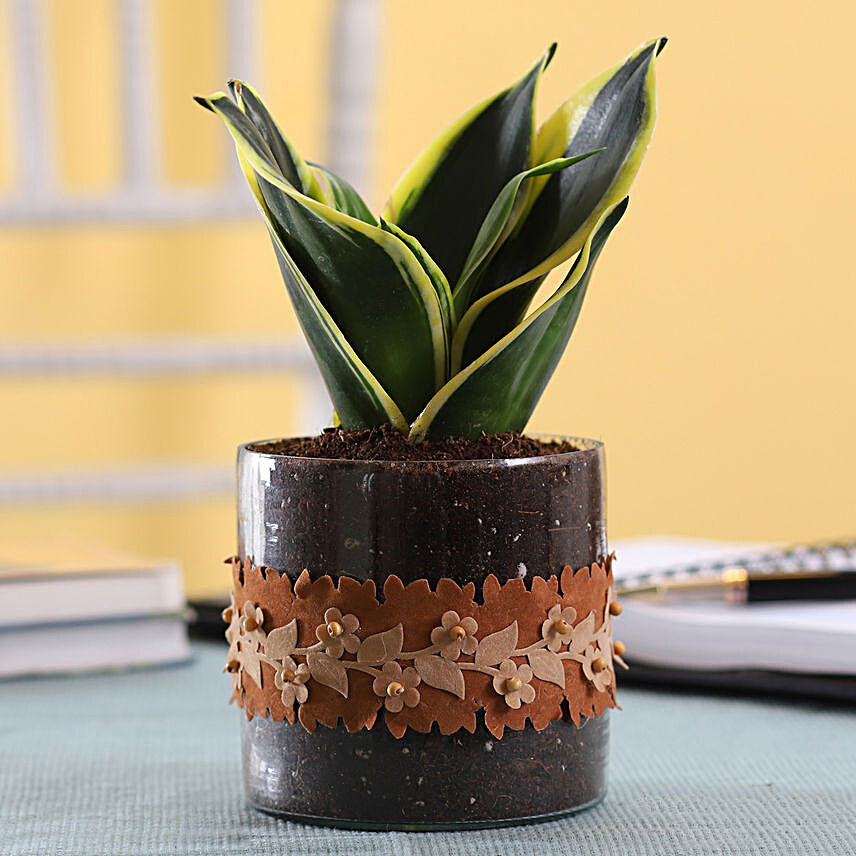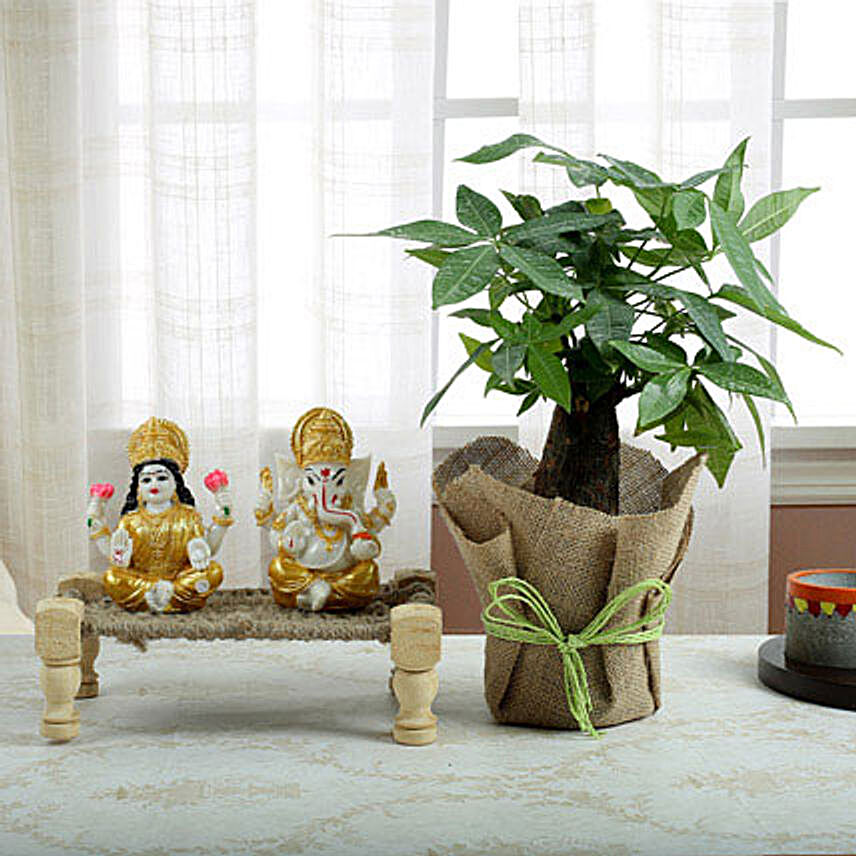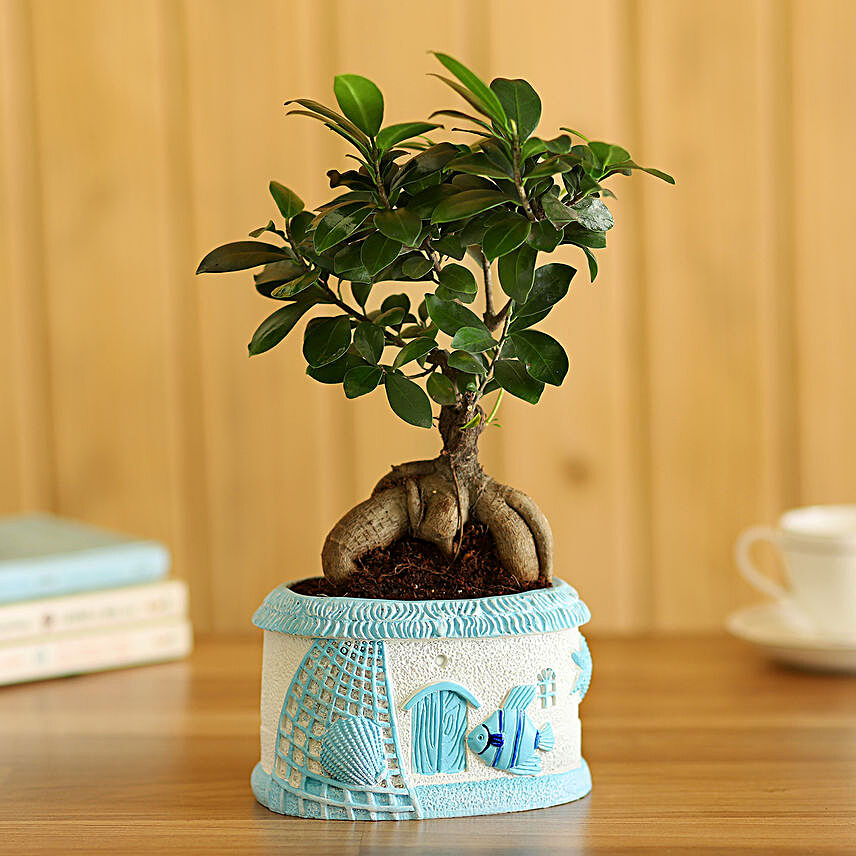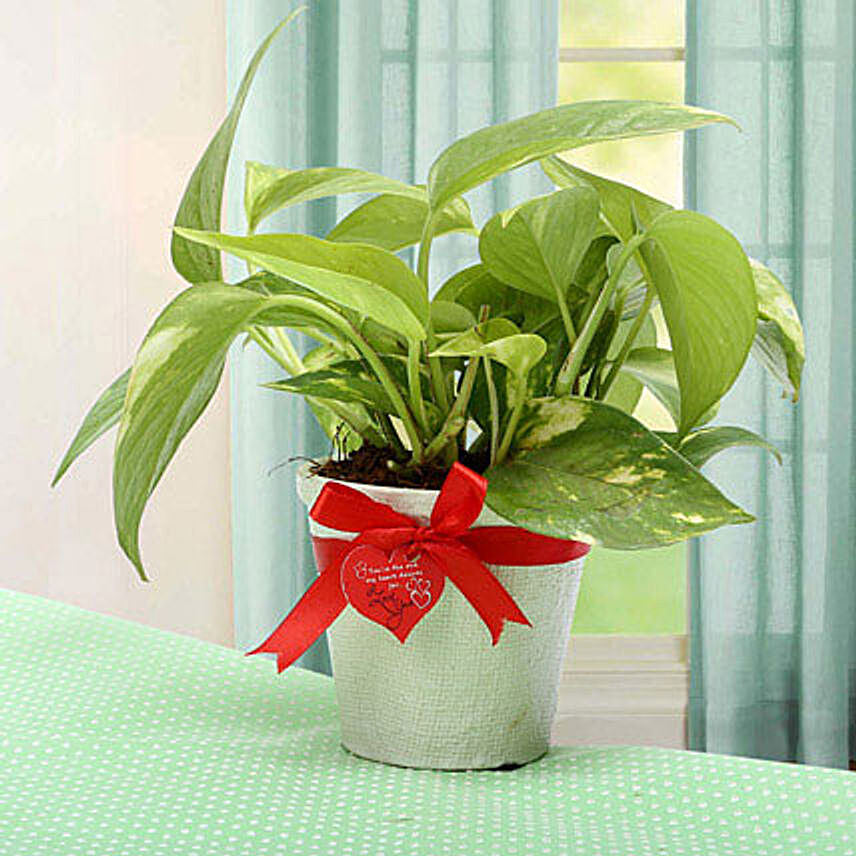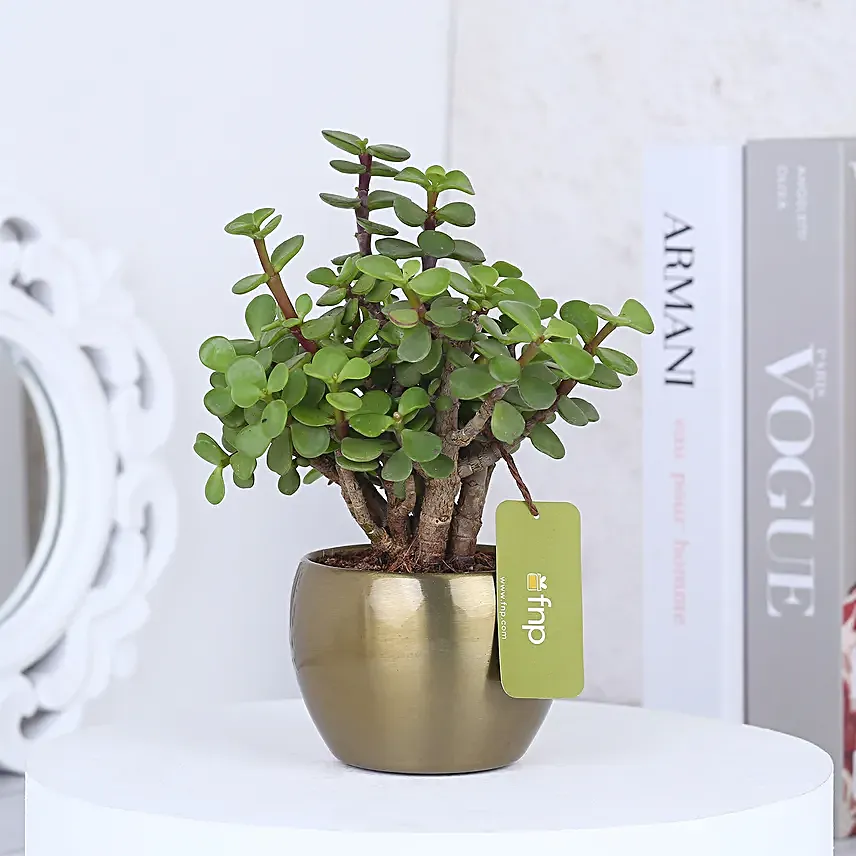Top 5 Highest Oxygen-Producing Indoor Plants
- Author: Kirti Published: 11th Jul, 2025
Have you ever paused to wonder what you're breathing? In the dense cacophony of cities, beneath the veil of smog and invisible toxins, we draw air not from the forests but from furnaces and fumes. We sigh not oxygen, but ash. And yet, there is hope. A soft, emerald hope that rustles gently on windowsills and whispers life back into breath.
Indoor plants, often dismissed as decoration, are far more than passive greens. They are green-lunged guardians, silent sentinels that cradle our spaces in purity. If you seek solace, health, and freshness, the answer may lie in knowing what house plant produces the most oxygen. Understanding this can reveal why it deserves a place near your favourite chair, your bedside, and your soul.
Below, we unveil the top 5 highest oxygen-producing indoor plants.
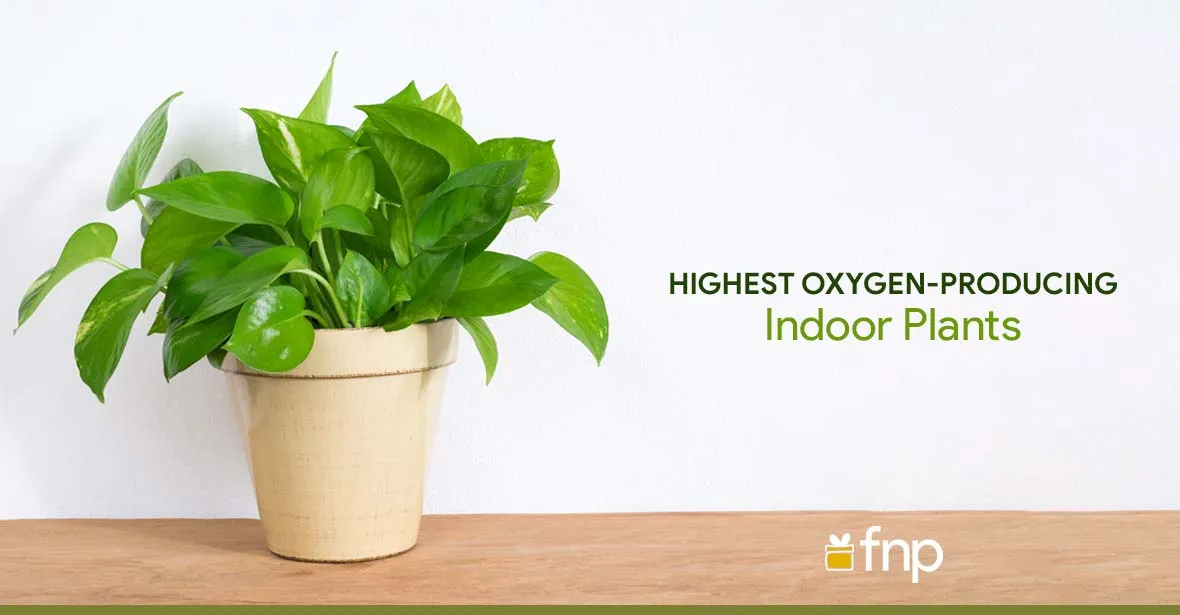
Areca Palm: The Golden Breath of the Tropics
There stands, in quiet corners, a palm that dances not to the winds, but to the rhythms of respiration. The Areca Palm, with its cascading fronds and regal silhouette, is considered the most oxygen-producing plant you can welcome indoors.
By day, it hums with the rhythm of photosynthesis, absorbing toxins like benzene and formaldehyde, while releasing pure, lush oxygen into your living space. Unlike fleeting purifiers and noisy filters, the Areca Palm whispers longevity. It brings moisture to parched air and clarity to clouded thoughts.
Place it near filtered sunlight, and you'll feel the difference in every breath. Which plant produces the most oxygen indoors? Ask no further.
Spider Plant: The Celestial Weaver of Freshness
Suspended like a cascade of stars from a green sky, the Spider Plant is a miracle in miniature. It spins purity like silk, trapping airborne evils and weaving air fit for the gods.
Renowned among the highest oxygen-producing indoor plants, this humble green wonder filters carbon monoxide, formaldehyde, and even the poisons from cigarette smoke. It returns, in exchange, nothing but calm and clean oxygen-rich air.
Keep it in your study, and see how the fog in your head clears. Place it on your office desk, and feel your anxieties shrink like shadows at sunrise. It is small, yes. But remember: even the stars are small from afar.
Snake Plant: The Midnight Alchemist
Darkness falls. The world rests. Yet deep within your room, a plant awakens, breathing out life when all others sleep. The Snake Plant, with its upright leaves like blades of moonlight, is not merely ornamental. It is a nocturnal miracle.
This plant creates the most oxygen at night. Using a rare process known as CAM (Crassulacean Acid Metabolism), it releases oxygen even in darkness, unlike most flora. Its stiff leaves cleanse the air of benzene, xylene, trichloroethylene, and more.
Money Plant: The Prosperity of Purity
Winding like a secret over trellises and shelves, the Money Plant is wealth itself in the currency of oxygen.
Highlighted in NASA's clean air study, this plant eliminates pollutants like formaldehyde and carbon monoxide. It produces oxygen at night, much like the Snake Plant, making it a rare companion for your dreams. The Money Plant, also called Devil's Ivy, asks little of you, just water, a pinch of care, and a place to stretch.
It is also a magnet for good vibes, making both your air and aura lighter.
Gerbera Daisy: The Petaled Breath of Dawn
Bright, cheerful, and surprisingly powerful, the Gerbera Daisy quietly purifies the air, supporting healthier lungs with every breath.
Among the highest oxygen-producing plants, this vibrant marvel releases oxygen at night, a rare gift among flowering varieties. As its petals unfurl like morning rays, it works silently, scrubbing the air of trichloroethylene and benzene, often found in paints and household chemicals.
Place it by your window or on your nightstand, and your room becomes a breathing bloom.
The Green Ensemble: When Many Leaves Breathe as One
Not every breath of fresh air comes from a single source. Sometimes, the greatest oxygen uplift is not from one plant, but from many working together, each leaf a lung, each root a silent purifier. When we place a group of indoor plants that produce the most oxygen in one room, we invite a symphony of breath.
Imagine an Areca Palm in the corner, a Snake Plant by the bed, Spider Plants hanging like constellations, and a Money Plant curling softly across a shelf. Together, they form a living ecosystem, a miniature forest that refreshes, heals, and balances the air.
This is design with intention. If you ever wonder what house plant produces the most oxygen, the true answer lies in numbers, in variety, in a home that lets greenery flourish in harmony.
The Poetry of Breath
At FNP, we believe these aren't just houseplants. They are healers, silent guardians, and green alchemists working tirelessly in every room. They purify the air, turning toxins into breath. They do not simply sit in corners, they stand with purpose, filling your space with life. With every leaf, they whisper calm. With every root, they anchor peace. All they ask for is a little care, and in return, they offer the rarest gift: fresh, healing air. That's the kind of magic we love to deliver.
FAQs
Q.1 Which plant produces the most oxygen for indoor use?
Ans: The Areca Palm is widely considered the most oxygen-producing indoor plant. It not only purifies the air but also helps maintain humidity levels, making it ideal for Indian households. Thanks to its broad surface area and efficient photosynthesis, it consistently ranks at the top.
Q.2 Which plants produce the most oxygen at night?
Ans: Snake Plant (Sansevieria) and Aloe Vera are among the top plants that release oxygen at night. These plants follow the CAM (Crassulacean Acid Metabolism) pathway, allowing them to produce oxygen even in the absence of sunlight, making them perfect for bedrooms.
Q.3 Which are the highest oxygen-producing plants suitable for the Indian climate?
Ans: Areca Palm, Money Plant, and Tulsi are great oxygen-producing plants well-suited for Indian weather. Tulsi holds cultural significance and is also known for its excellent air-purifying and oxygen-releasing properties.
Q.4 How much oxygen does a houseplant produce in 24 hours?
Ans: A single houseplant releases a modest amount of oxygen in 24 hours, depending on its type, size, and exposure to light. When multiple oxygen-producing plants are grouped together, they can noticeably enhance air quality and oxygen levels indoors.
Q.5 Can indoor plants really increase oxygen levels significantly?
Ans: Yes, having several oxygen-producing plants—such as Peace Lily, Areca Palm, and Aloe Vera—can significantly improve indoor air quality. While one plant might not make a big difference, a cluster of them can reduce CO2 levels, increase oxygen, and filter airborne toxins.
